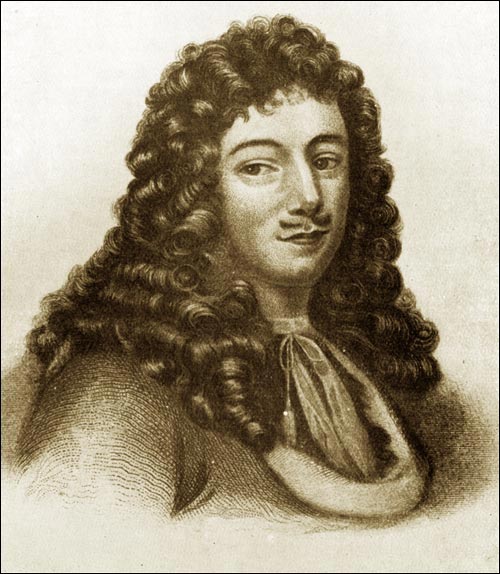From "Discovery" to the Treaty of Utrecht (1713)
The islands of St. Pierre and Miquelon were officially discovered by the Portuguese navigator, Joãn Áólvares Fagundes on 21 October, 1520. It seems likely that Basque and French fishermen were already using the islands by then and had given them their present name. Certainly Jacques Cartier, who stopped there on his return to France during his second voyage in 1536, referred to the islands as St. Pierre.
The rich fishing grounds near the islands attracted European fishermen who came and went with the fishing season. Though tradition maintains that settlers appeared early in the 17th century, there is no evidence for this until the second half of that century. A resident population gradually developed when fishing crews began to over-winter in order to maintain the facilities for the migratory fishery. The earliest reference to settlers appears in a document of 1670, when the intendant of New France, Jean Talon, stopped and recorded 13 fishermen and four sedentary residents.

Gradually, with the encouragement of French outfitters, the French administrators at Plaisance (Placentia), and the bishop of Québec, St. Pierre began to grow. Three families were recorded there in 1687, a chapel was constructed in 1689, and a small military post was established in 1690. By then, St. Pierre was the principal supply and service centre for the south coast region from the Burin Peninsula west to Bay d'Espoir. Fortune and Hermitage Bays, where small numbers of French fishermen had settled, were described in French manuscripts as "bayes dependantes" of St. Pierre.
Such growth also brought the unwelcome attention of France's enemies, with the result that St. Pierre was attacked several times during the wars between 1689 and 1713. By 1708, the stress of these attacks had caused the inhabitants to abandon the islands. When the Treaty of Utrecht (1713) brought these wars to an end, France gave up its claims not only to Newfoundland but to St. Pierre, Miquelon and the accompanying islands as well. For the next 50 years, St. Pierre was an English possession. Even the name was anglicized to "St. Peter's."




